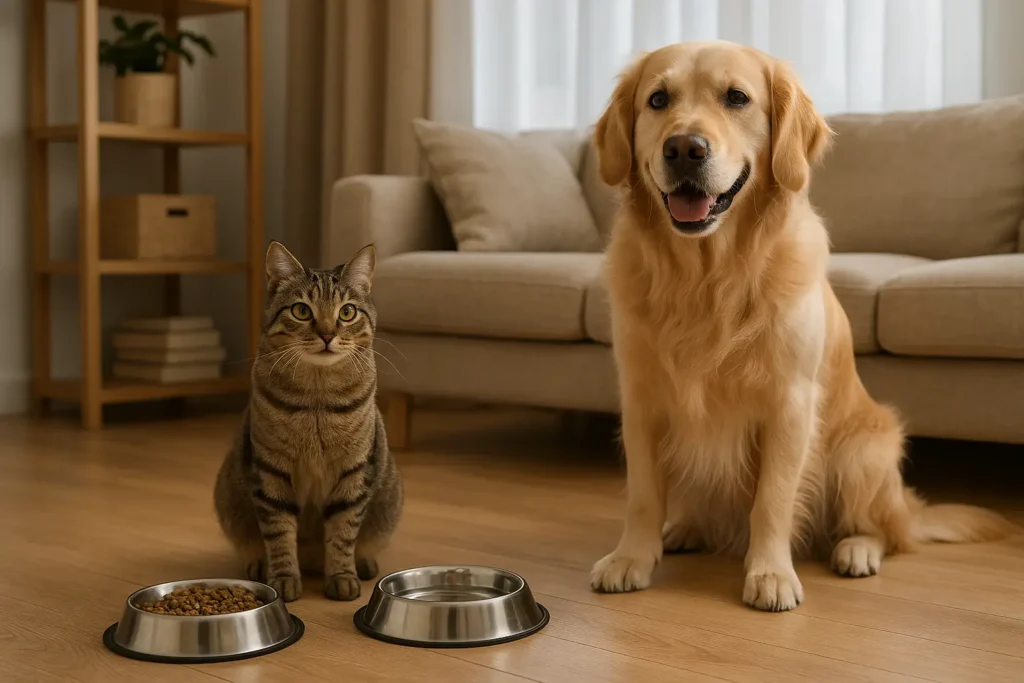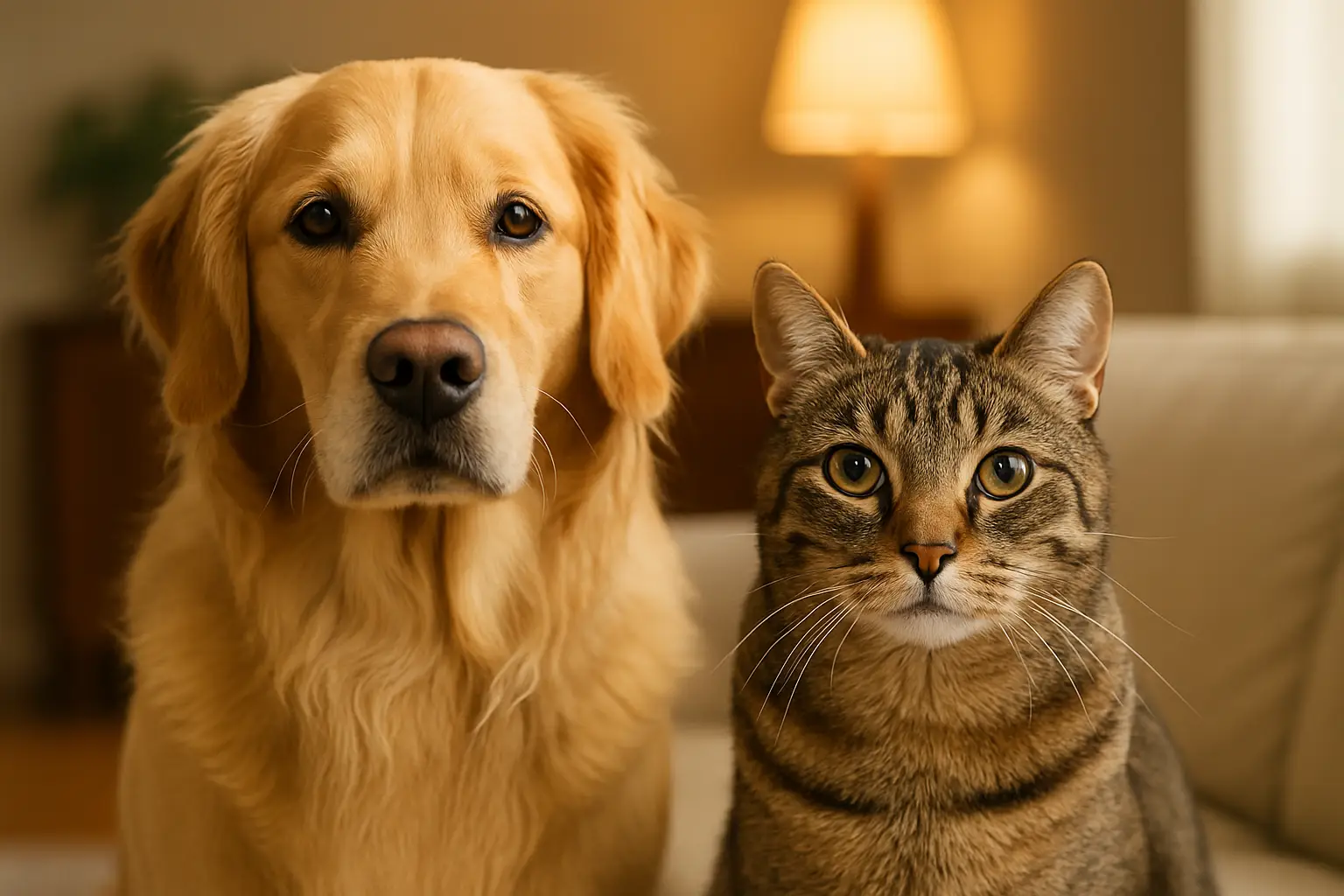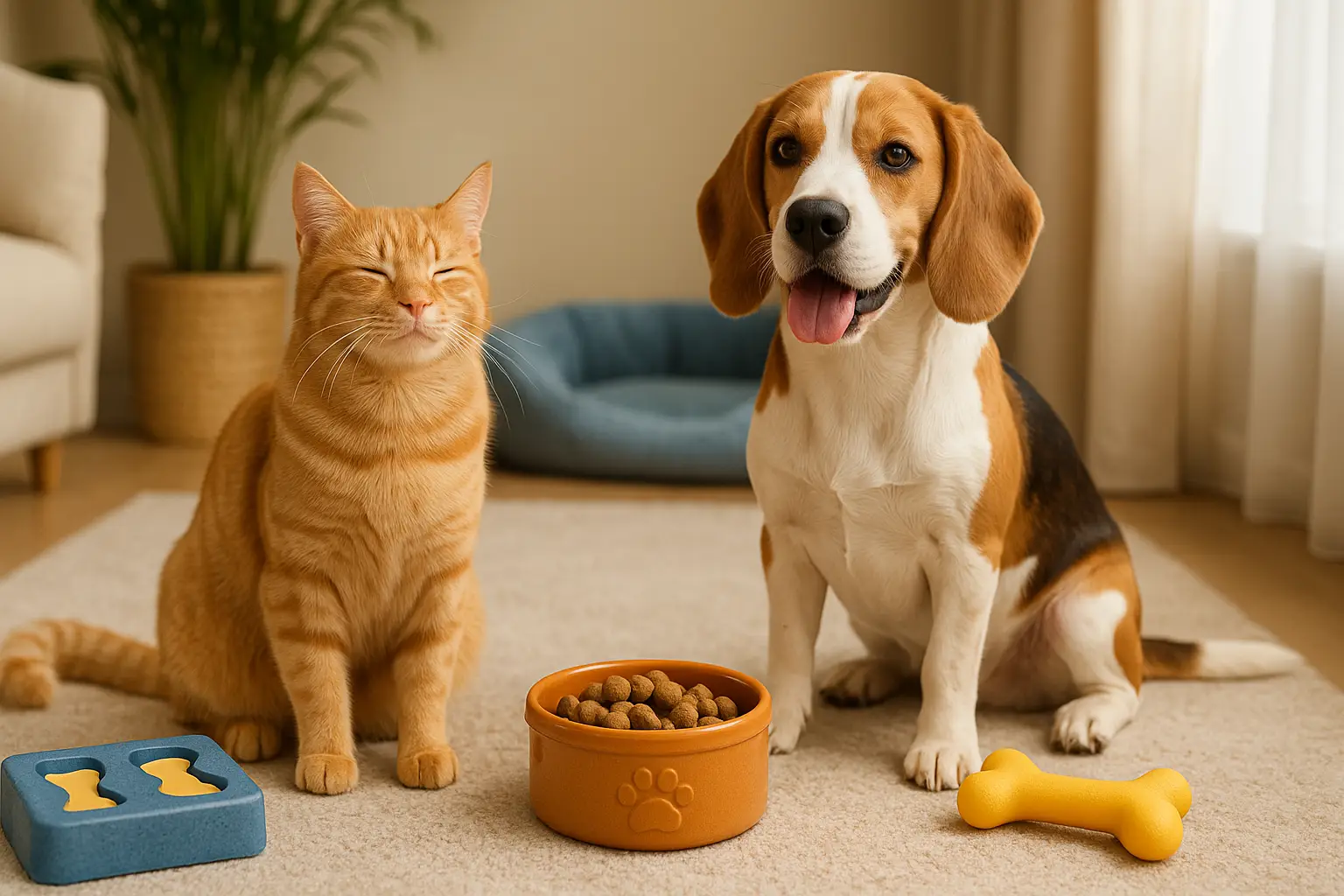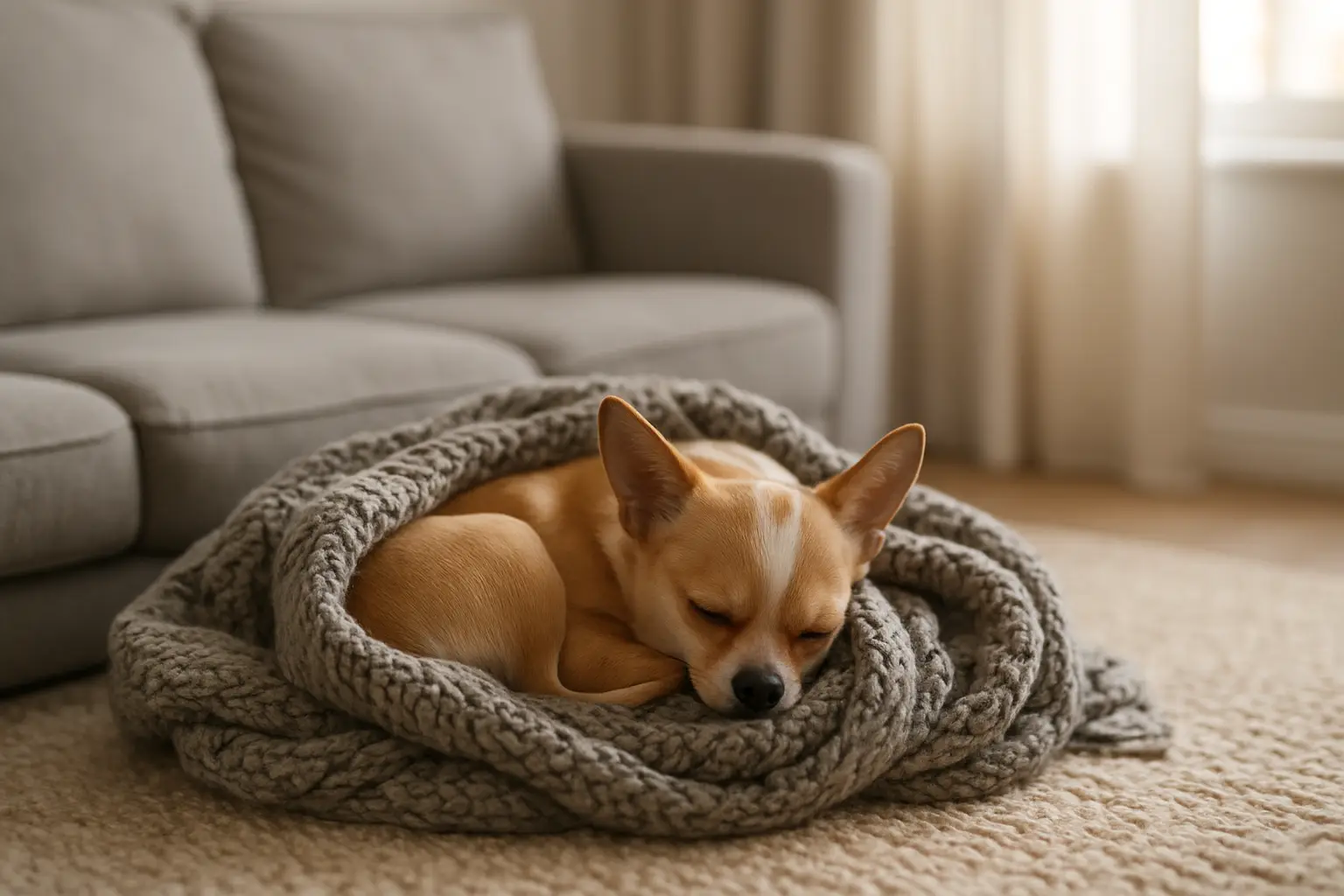How to Maintain the Ideal Daily Routine for Dogs and Cats at Home
Pets thrive on routine. Just like humans, dogs and cats feel more secure and content when their day follows a predictable pattern. Whether you’re working from home, going out daily, or balancing a busy household, maintaining a steady and healthy daily routine for your pets is one of the most important ways to ensure their happiness and well-being.
In this guide, you’ll find practical tips for creating and maintaining a daily routine that works for both dogs and cats—without involving any complex or medical care. Let’s dive into the essentials of pet-friendly structure and consistency.

Understand the Natural Rhythms of Dogs and Cats
Dogs and cats have different natural behaviors. Dogs are more social and dependent, while cats tend to be more independent and flexible. Recognizing their unique patterns can help you design a routine that suits both.
- Dogs typically thrive on schedules. They like to know when it’s time for a walk, a meal, or playtime.
- Cats prefer flexibility but still appreciate consistency in key areas like feeding and litter cleaning.
Morning Routine: Start the Day Right
A consistent morning routine sets the tone for your pet’s day.
- Feeding time: Feed your pets at the same time each morning. Use this moment for bonding and building trust.
- Bathroom break: Dogs especially need to go outside first thing. For indoor cats, check and clean the litter box.
- Short play session: Stimulate their mind and body early on. A quick tug-of-war with your dog or chasing a feather toy with your cat can do wonders.
Mealtime Consistency
Keeping mealtimes consistent is essential for digestion and discipline.
- Feed adults twice a day—morning and evening—while kittens and puppies may need more frequent meals.
- Avoid free feeding, especially for dogs, to maintain healthy eating habits.
- Keep fresh water available at all times, and clean their bowls daily.
Daily Exercise and Play
Both dogs and cats need daily physical activity and mental stimulation.
- Dogs: At least one walk per day, ideally two. Choose a pace and duration based on your dog’s age and breed.
- Cats: Engage your cat with toys, scratching posts, climbing shelves, or window perches.
- Interactive playtime: Spend at least 10–20 minutes each day actively playing with your pet.
Rest and Downtime
Rest is as important as play. Your pets need their own space to relax and recharge.
- Create a cozy spot where your pet can retreat and feel safe.
- Dogs may nap near their humans, while cats often pick a quiet, hidden space.
- Respect their downtime, especially if they retreat during household bustle.
Bathroom Breaks and Litter Box Habits
Cleanliness and consistency are key.
- Dogs: Schedule outdoor bathroom breaks throughout the day—after meals, after play, and before bed.
- Cats: Scoop the litter box at least once daily, and fully clean it weekly. Keep it in a quiet, accessible place.
Evening Routine: Winding Down
Evenings are a good time to reconnect and calm your pet before bed.
- Evening feeding: Serve their second meal at the same time every night.
- Gentle play or cuddling: Let your pet feel your presence with a bit of affection.
- Bathroom break for dogs: Ensure your dog relieves themselves before sleeping.
Consistent Sleep Schedule
Pets benefit from going to bed at around the same time each night.
- Limit noise and movement in the house during bedtime.
- Provide a comfortable and quiet sleep area, away from distractions.
Tips for Staying Consistent
- Set reminders for feeding and walks.
- Use positive reinforcement when your pet follows the routine.
- Be flexible but firm. Life happens—do your best to stick to the basics even when schedules shift.
- Observe your pet’s response. Adjust the routine based on their mood, behavior, or energy levels.
When Multiple Pets Are Involved
If you have both a dog and a cat, create overlapping routines where possible but respect their differences.
- Feed them in separate spaces to avoid stress.
- Schedule solo playtime with each pet to strengthen your bond.
- Create distinct sleeping areas for comfort and safety.
Building a Routine Builds Trust
A stable routine does more than just keep your pets fed and exercised—it builds trust. Your dog or cat will feel safer, more confident, and more connected to you when they know what to expect each day.
A little consistency goes a long way. With love, patience, and daily dedication, your home can become a peaceful, joyful environment for both your dog and your cat.




Post Comment